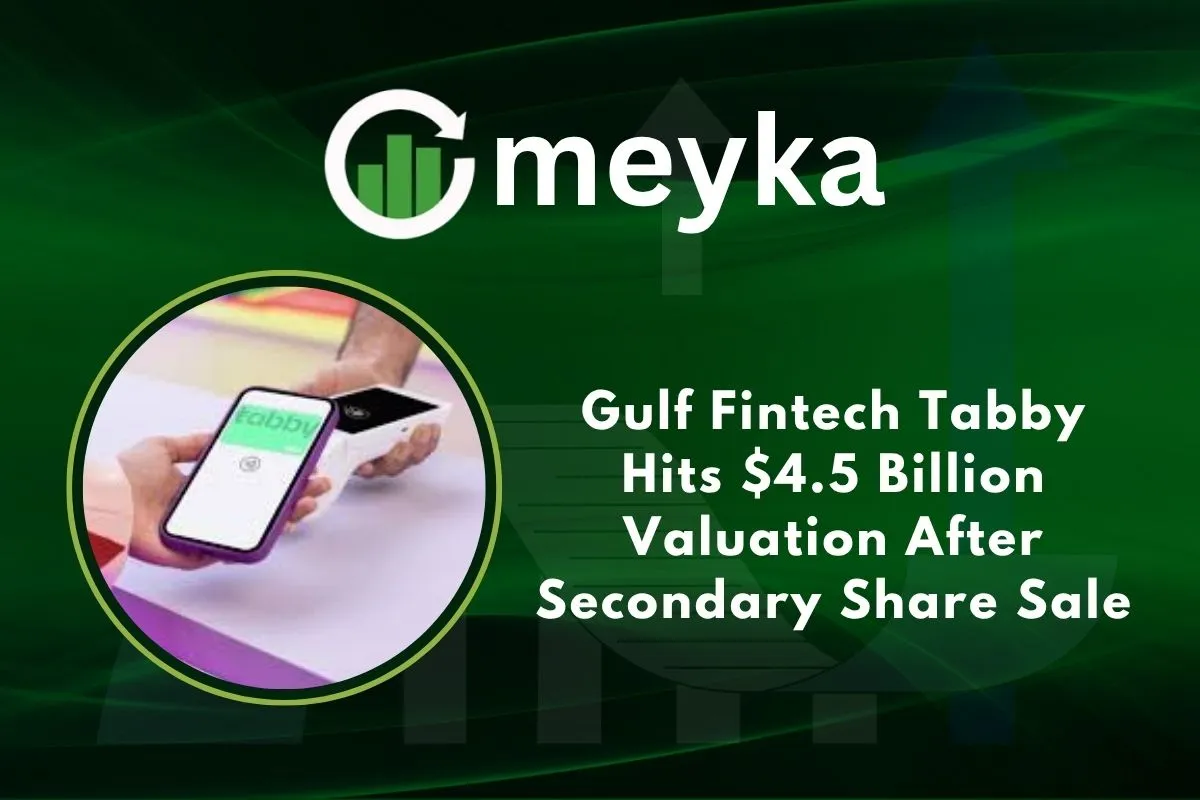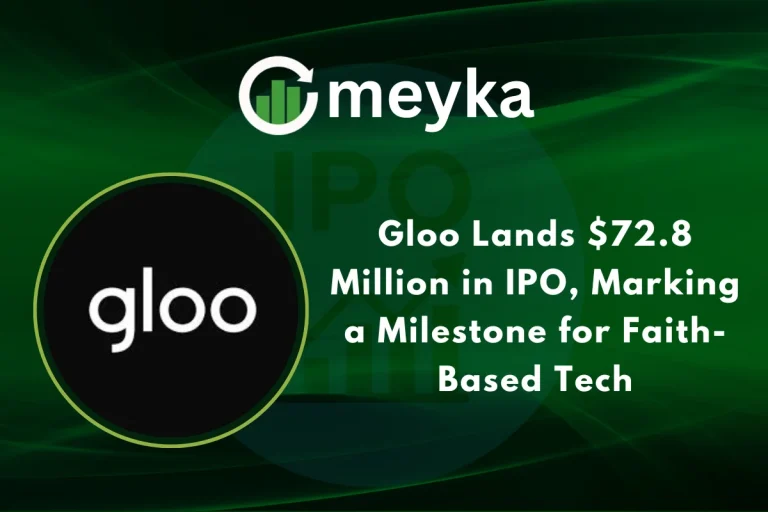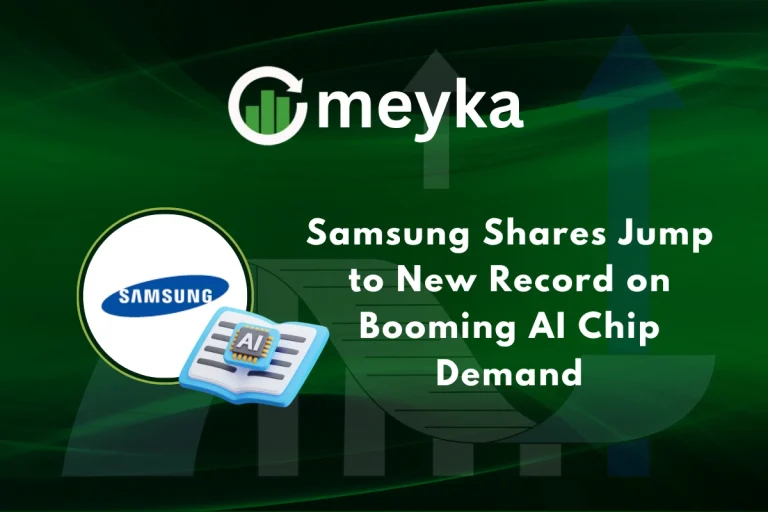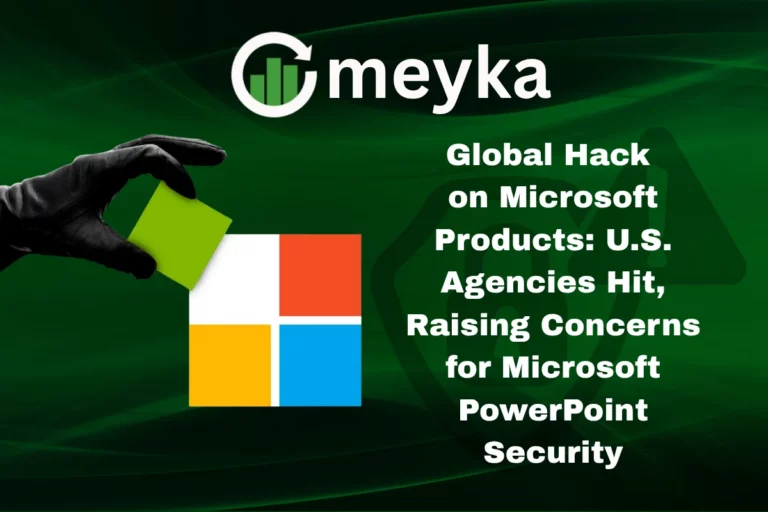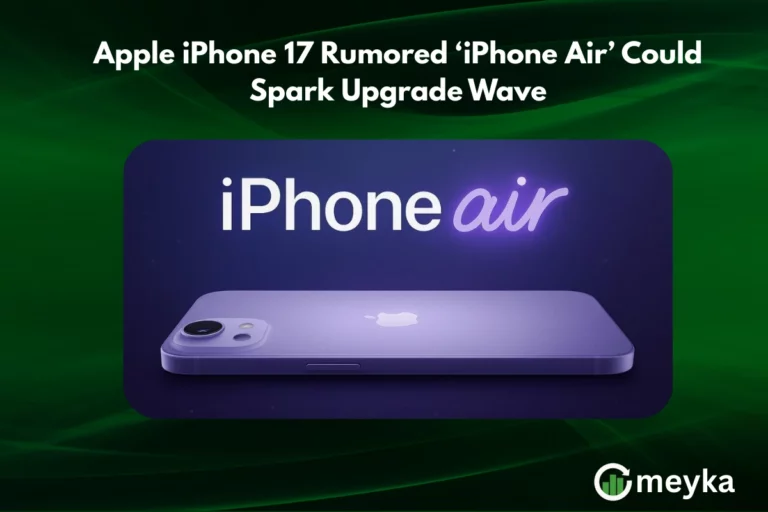Gulf Fintech Tabby Hits $4.5 Billion Valuation After Secondary Share Sale
Tabby, the Gulf buy-now-pay-later (BNPL) fintech, has been valued at about $4.5 billion after a secondary share sale. This deal does not mean Tabby issued new shares or took in new cash. It simply reflects what investors paid for existing stock.
Quick snapshot
- Company: Tabby (BNPL, shopping platform).
- New implied valuation: ~$4.5 billion after a secondary sale.
- Where it operates: Saudi Arabia, UAE, Kuwait, and other Gulf markets.
- Scale signals: Tabby says it has 15+ million users and works with 40,000+ merchants.
What happened, plain and simple
Existing shareholders sold part of their holdings to outside investors. The company itself did not raise new money and did not issue fresh shares. That’s what a secondary share sale means. The price paid implied a $4.5 billion value for Tabby. This kind of trade gives early owners liquidity. It also gives new investors a market signal about value.
Reports name buyers such as HSG and Boyu Capital among the participants. Tabby did not disclose the identities of all selling shareholders or the exact size of the block sold.
Why this valuation matters
A $4.5 billion tag is a big vote of confidence for a Gulf fintech. It shows global and regional investors still see growth potential in BNPL and payments services across the Middle East. For Tabby, the valuation matters in two ways:
- Reputational boost. Higher valuation gives Tabby a stronger standing with merchants and partners.
- IPO signal. The deal comes as Tabby prepares for a public listing. Company leaders earlier said they were preparing for an IPO within roughly 18 months. A higher private valuation makes a future float more attractive, but it also raises expectations.
How Tabby makes money, and why investors care
Tabby offers interest-free installment plans at checkout. Shoppers split payments. Merchants get higher conversion and sales. Tabby earns fees from sellers and sometimes interest or late fees from consumers. This is the classic BNPL model. Tabby has expanded its product set and merchant footprint to scale volumes.
Key growth drivers:
- Large merchant network: 40,000+ brands give Tabby strong distribution.
- User base: Millions of shoppers choose BNPL for cash flow and convenience.
- Market fit: Young, digital shoppers in the Gulf want flexible payment options.
Risks and challenges
Higher valuation is encouraging. But it comes with real tests:
- Profitability pressure. BNPL firms often trade growth for short-term profit. Investors will want clearer paths to sustained earnings.
- Regulation. Regulators worldwide are tightening rules for consumer credit and BNPL. The Gulf is no different. Any tougher rules could change costs and product design.
- Credit risk. If consumers default at higher rates, Tabby’s margins could suffer. Lenders and fintechs must manage underwriting closely.
- Competition. Global BNPL firms and local banks are expanding. Tabby must keep innovating to protect its share.
What the deal tells us about the Gulf fintech scene
Tabby’s valuation surge is not an isolated story. It reflects a wider trend: fintech in the Middle East is scaling fast. Investors are chasing firms that digitize payments, credit, and commerce. Tabby’s growth shows that large consumer markets and digital adoption can combine to create regional champions.
For local startups, the takeaway is clear. There is capital available, but investors want scale, metrics, and a clear path to profit. For consumers, it means more choices and easier access to payment tools.
What to watch next
If we look ahead from our team, these are the signs to follow:
- IPO timetable and terms. Will Tabby list in Riyadh, Dubai, or abroad? Which banks will lead the float? Earlier reporting said Tabby had engaged big banks to prepare for a listing.
- Profitability metrics. Net revenue per user, take-rate from merchants, and loss ratios on consumer loans. Investors will want clear improvement here.
- Regulatory moves. Any new consumer credit rules in Saudi Arabia or the UAE could shape product design and fees.
- Strategic deals. Partnerships with large retailers or tech platforms could widen Tabby’s moat.
Conclusion
Tabby’s implied $4.5 billion valuation after a secondary sale is a milestone. It reflects investor confidence and the promise of BNPL in the Gulf. But it also sets a higher bar. Tabby must now turn strong market reach into steady profits and regulatory resilience.
We from our team see this as a watershed moment for Middle East fintech. Tabby’s success will matter beyond the company. It will affect how investors view the region’s startups and how regulators and rivals respond. For now, Tabby stands as a clear bellwether of the Gulf’s digital finance boom.
FAQS:
Yes, you can trust Tabby. It’s a licensed fintech company working with top brands and banks in the Gulf, offering secure payments and clear terms to users.
The CEO of Tabby is Hosam Arab. He co-founded the company in 2019 and leads its expansion across Saudi Arabia, the UAE, and other Gulf countries.
No, you cannot withdraw cash from Tabby. It is a buy-now-pay-later platform that allows users to split payments for purchases, but not withdraw money.
Disclaimer:
The content shared by Meyka AI PTY LTD is solely for research and informational purposes. Meyka is not a financial advisory service, and the information provided should not be considered investment or trading advice.
